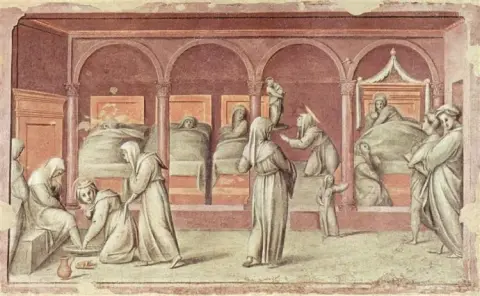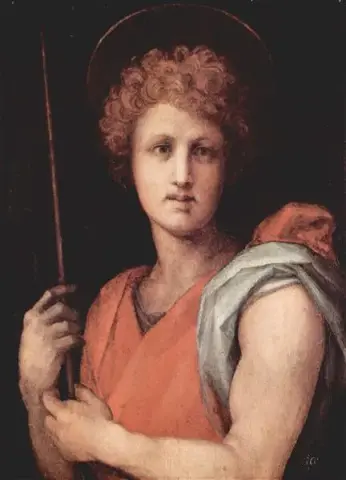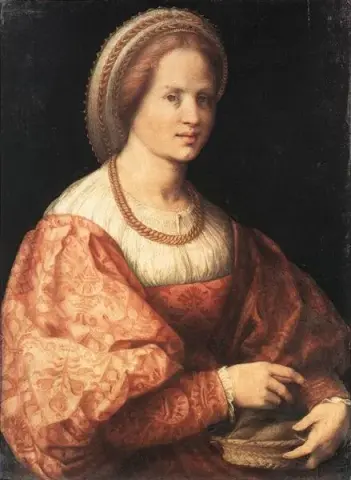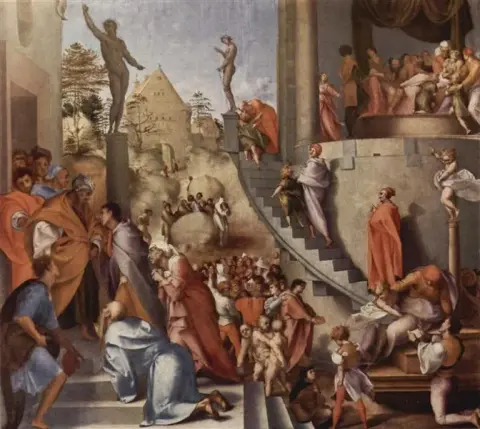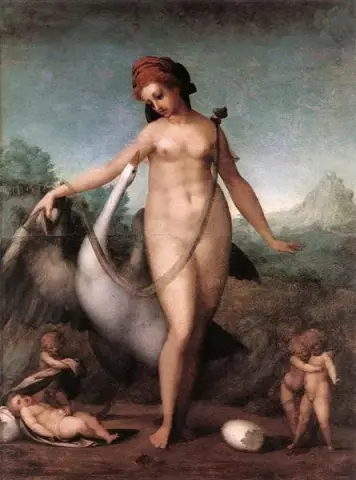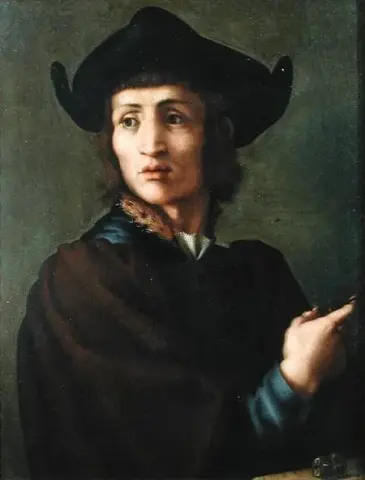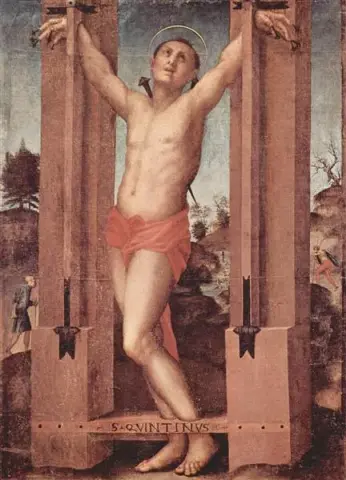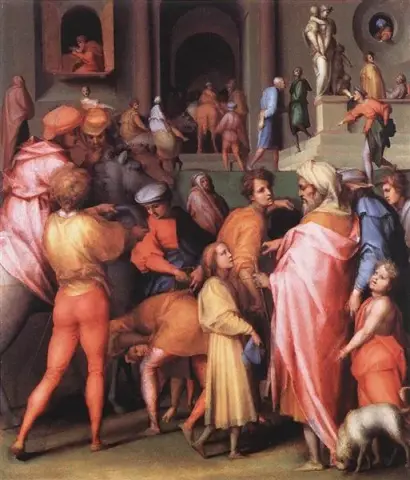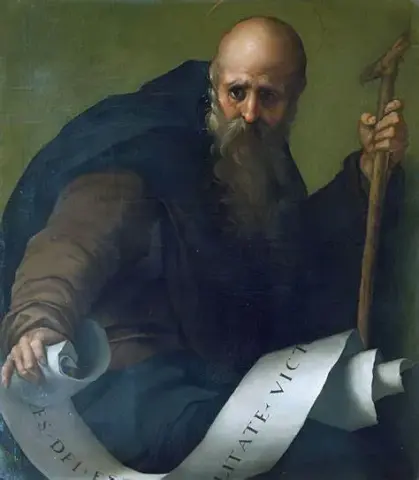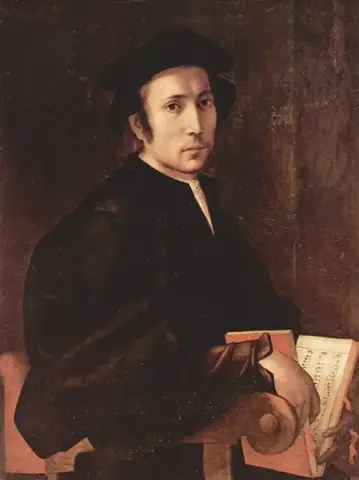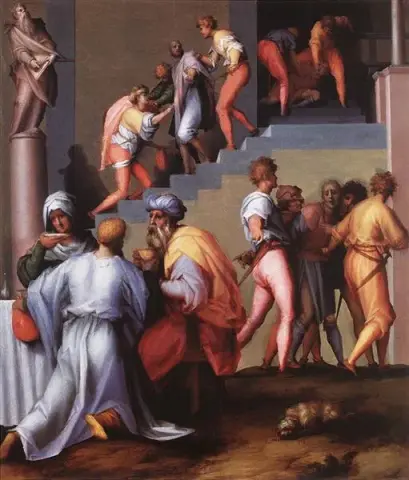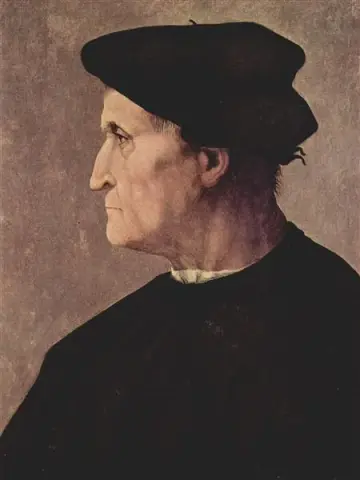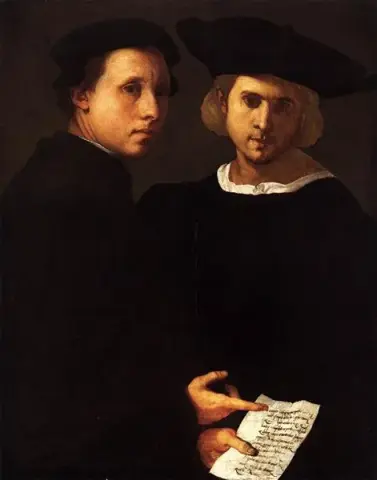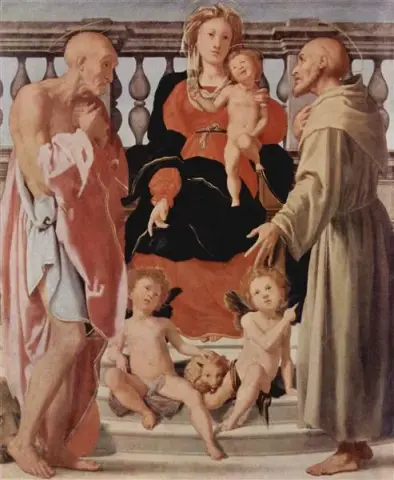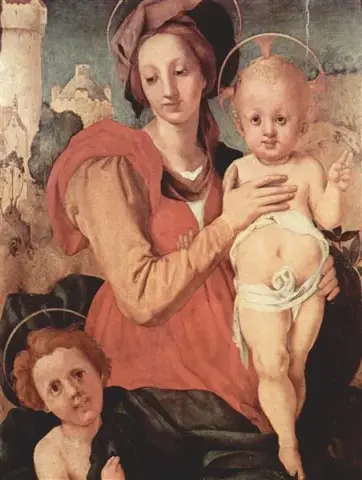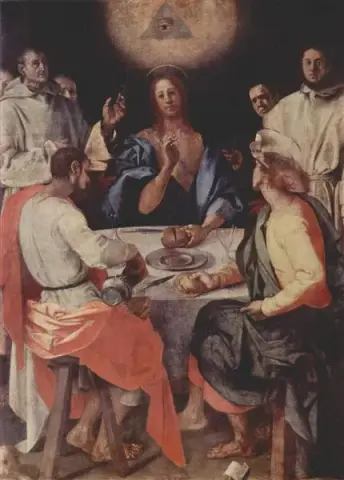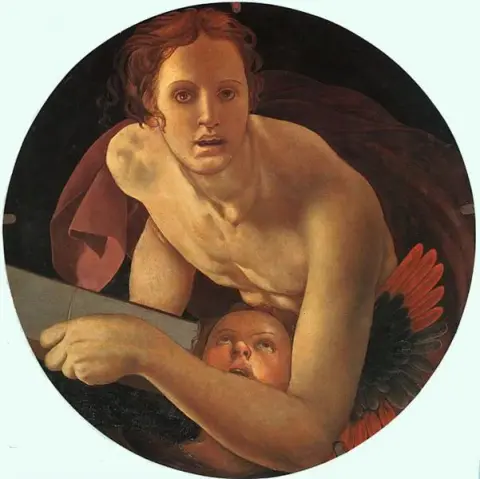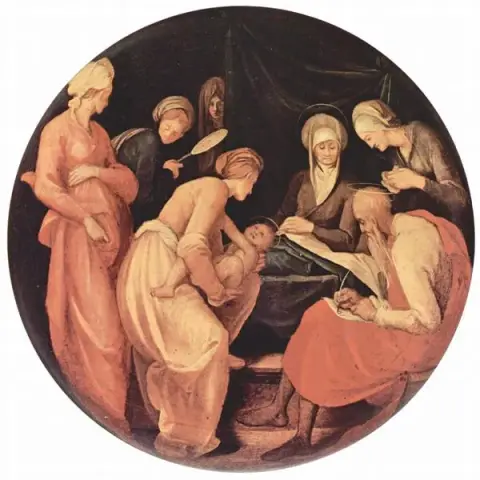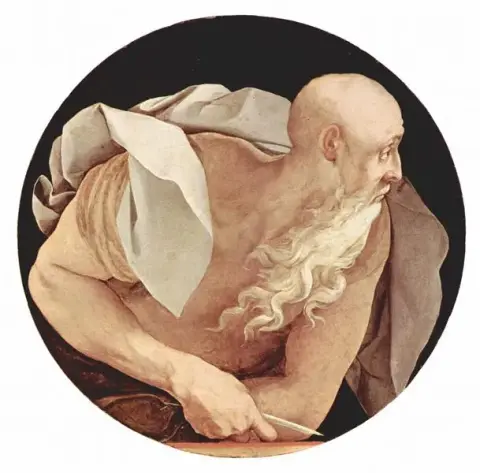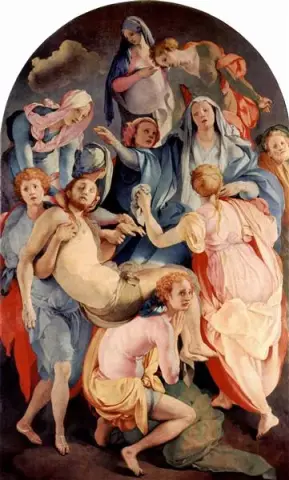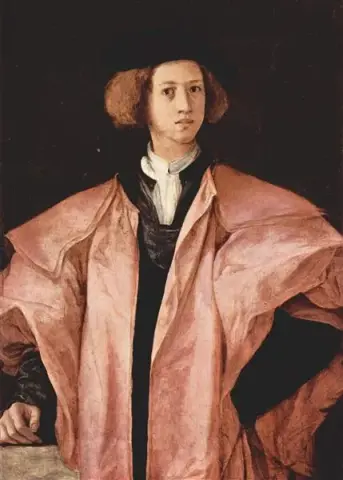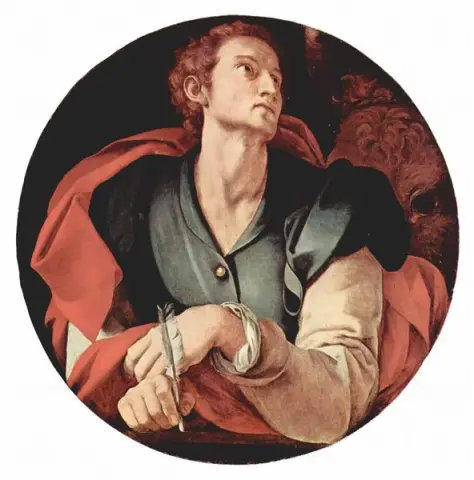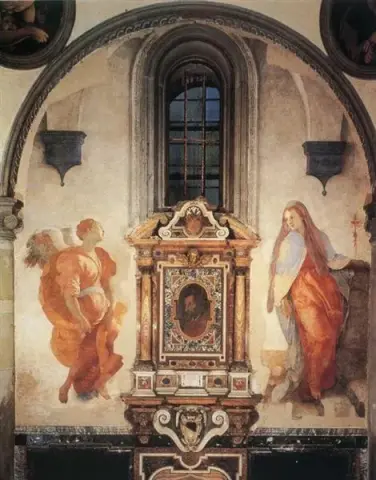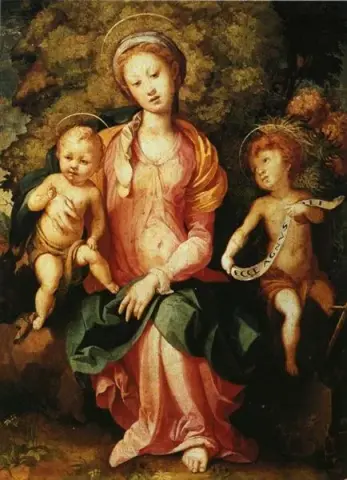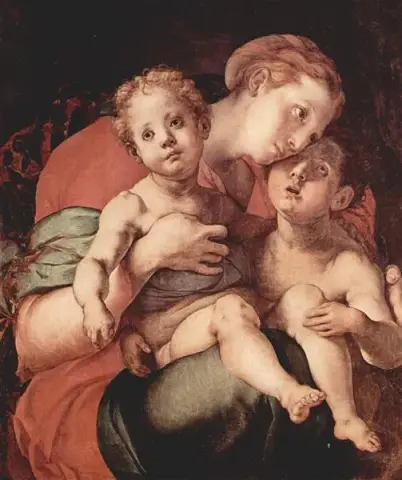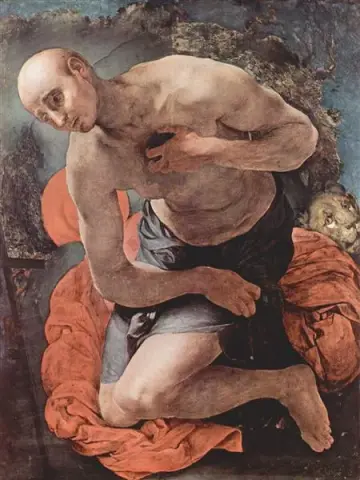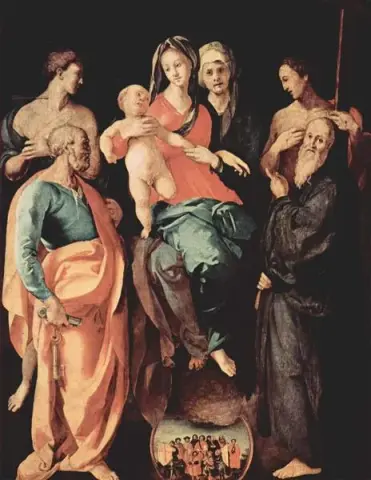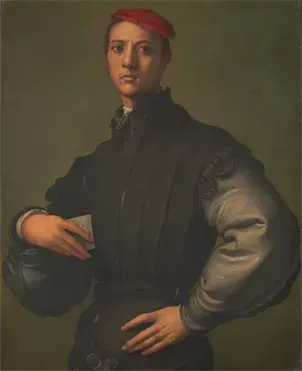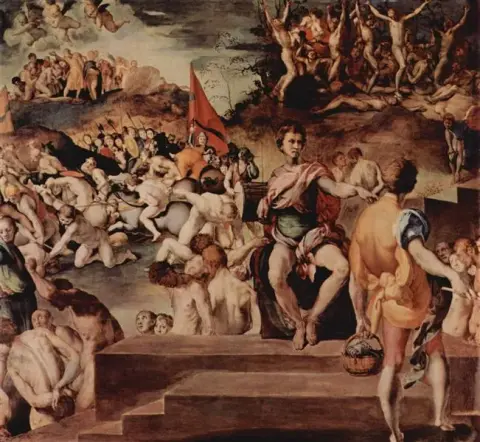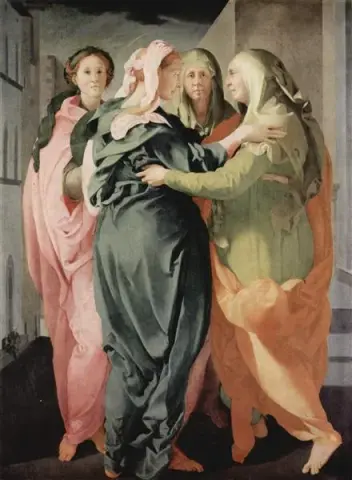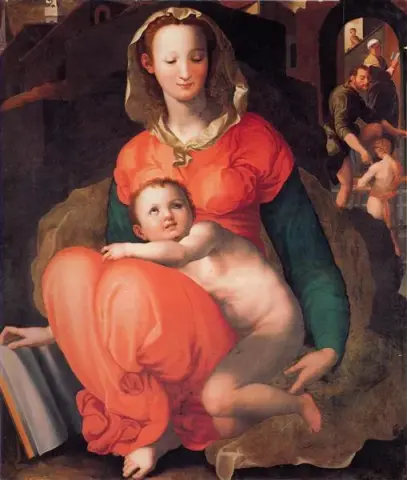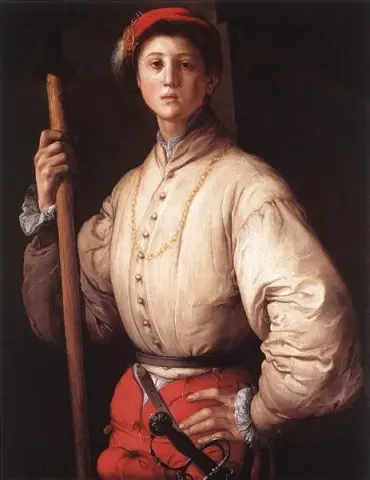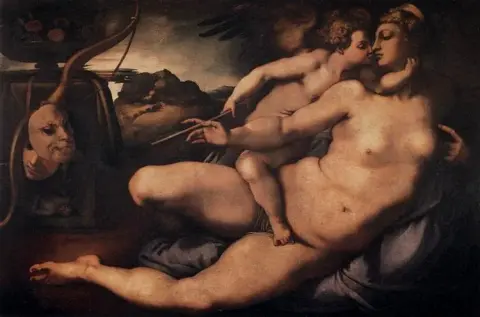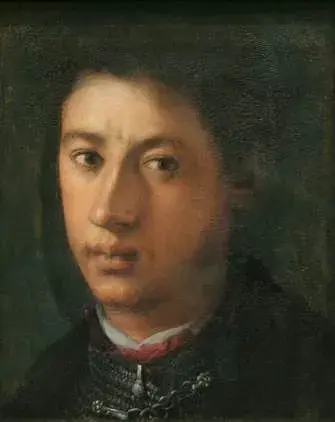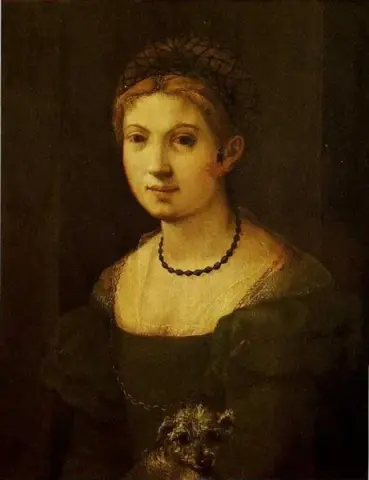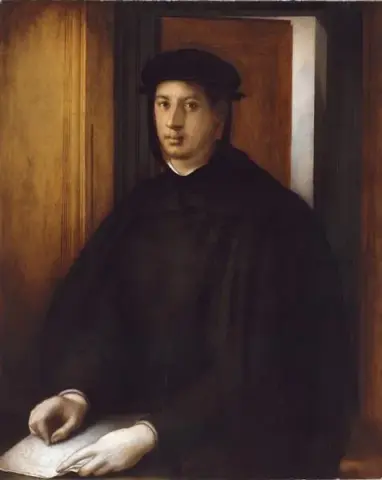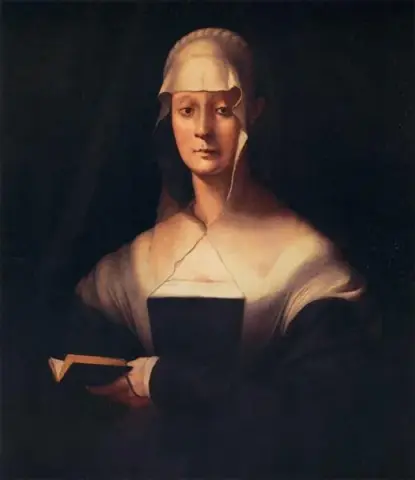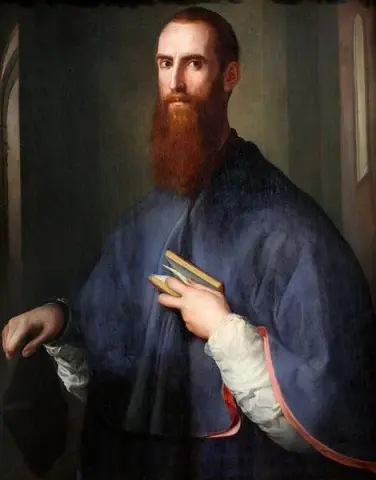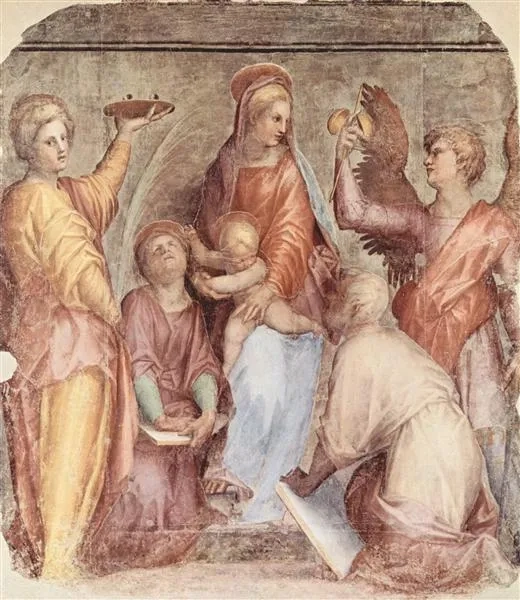
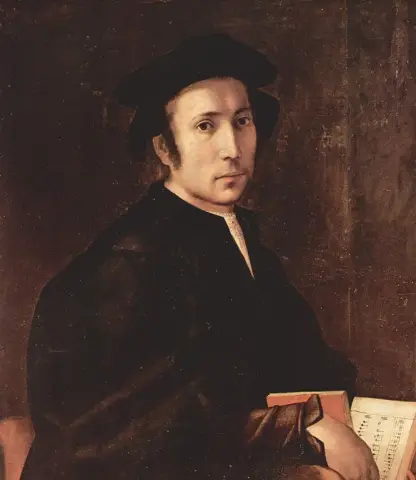
Hand painted reproductions of Jacopo Pontormo
Jacopo Pontormo: The Visionary of Florentine Mannerism
Jacopo Pontormo (1494–1557) was an Italian painter who played a pivotal role in the development of Mannerism. His work is characterized by elongated figures, complex compositions, and an ethereal color palette that set him apart from the balance and harmony of the High Renaissance. As one of the most innovative painters of 16th-century Florence, Pontormo’s unique vision influenced generations of artists.
Early Life and Education
Born in 1494 in Pontorme, near Empoli, Jacopo Carucci—known as Pontormo—showed artistic promise from an early age. He trained under several prominent artists, including Leonardo da Vinci, Piero di Cosimo, and Andrea del Sarto. This diverse education exposed him to multiple artistic styles, but he quickly developed a distinctive approach that defied traditional Renaissance ideals.
Pontormo’s early works, such as Joseph in Egypt (1515), demonstrate his mastery of color and composition. However, his later paintings reveal his move toward a more expressive, almost surreal aesthetic that defined Mannerism.
Artistic Development and Style
Pontormo’s style is marked by exaggerated poses, elongated limbs, and a dreamlike atmosphere. Unlike the stable, symmetrical compositions of Raphael and Michelangelo, his works often feature swirling movement and an unsettling tension. His color choices—delicate pastels and vibrant hues—enhance the otherworldly quality of his figures.
His masterpiece, The Deposition from the Cross (1528), is one of the most striking examples of Mannerism. The figures appear weightless, their expressions conveying deep emotion, and the composition lacks traditional grounding, creating a sense of floating drama.
Themes and Significance
Pontormo’s paintings often depict religious and mythological themes, but his unconventional approach adds psychological depth. His figures, often lost in introspection, reflect a world of spiritual uncertainty, mirroring the political and religious turbulence of his time.
His later works, including the now-lost frescoes of The Last Judgment in San Lorenzo, became increasingly personal and experimental, pushing the boundaries of traditional representation.
Achievements and Influence
Pontormo’s work influenced many later Mannerists, including his pupil Bronzino. His emphasis on expressive movement and emotional intensity paved the way for the dramatic compositions of the Baroque period. Though underappreciated in later centuries, modern scholars recognize Pontormo as one of the most visionary artists of his era.
Legacy
Jacopo Pontormo’s paintings are housed in major collections, including the Uffizi Gallery in Florence and the National Gallery in London. His influence can be seen in the works of later artists who sought to break free from classical restraint.
Where to Find Reproductions of Jacopo Pontormo’s Art
For admirers of Pontormo’s dynamic and emotionally charged compositions, high-quality reproductions are available through POD (Painting On Demand). His visionary works bring a unique, expressive energy to any collection.
Pontormo’s bold departure from Renaissance tradition cements his legacy as a true pioneer of Mannerism, a master of movement, color, and emotional depth.
Imagine owning an original-style painting by one of the greatest artists in history. At POD, we offer you the chance to make this dream a reality. Each canvas is faithfully reproduced down to the smallest detail, allowing you to experience the beauty of the artist’s vision in your own home.
Our reproductions are crafted by experienced painters using the finest materials and time-honored methods. We are committed to delivering works of exceptional quality that will inspire and bring joy to your family for generations to come.


